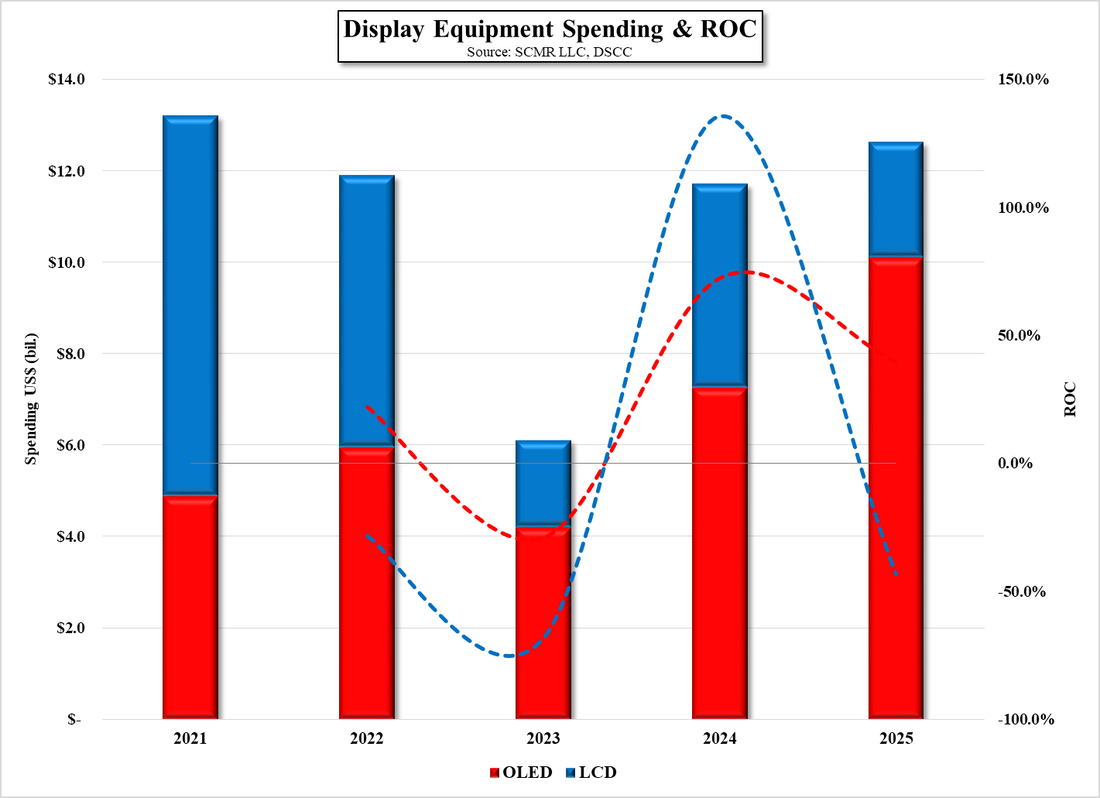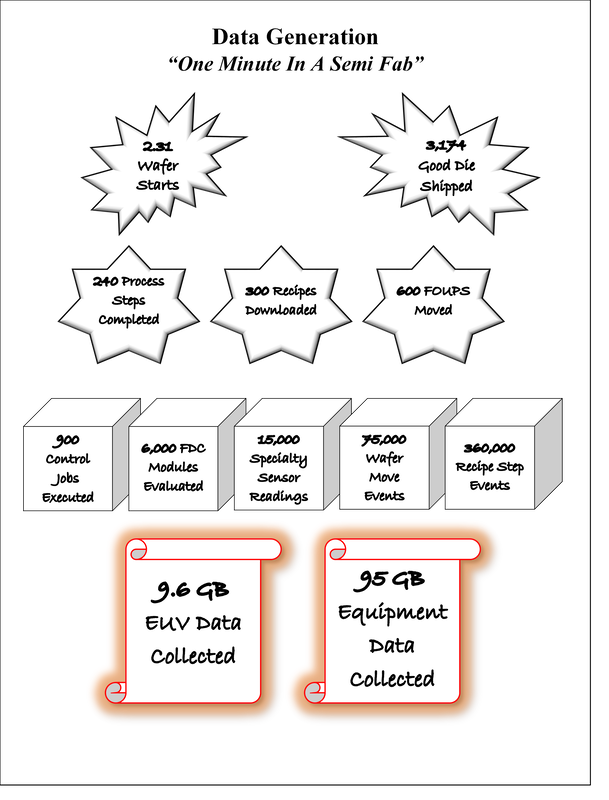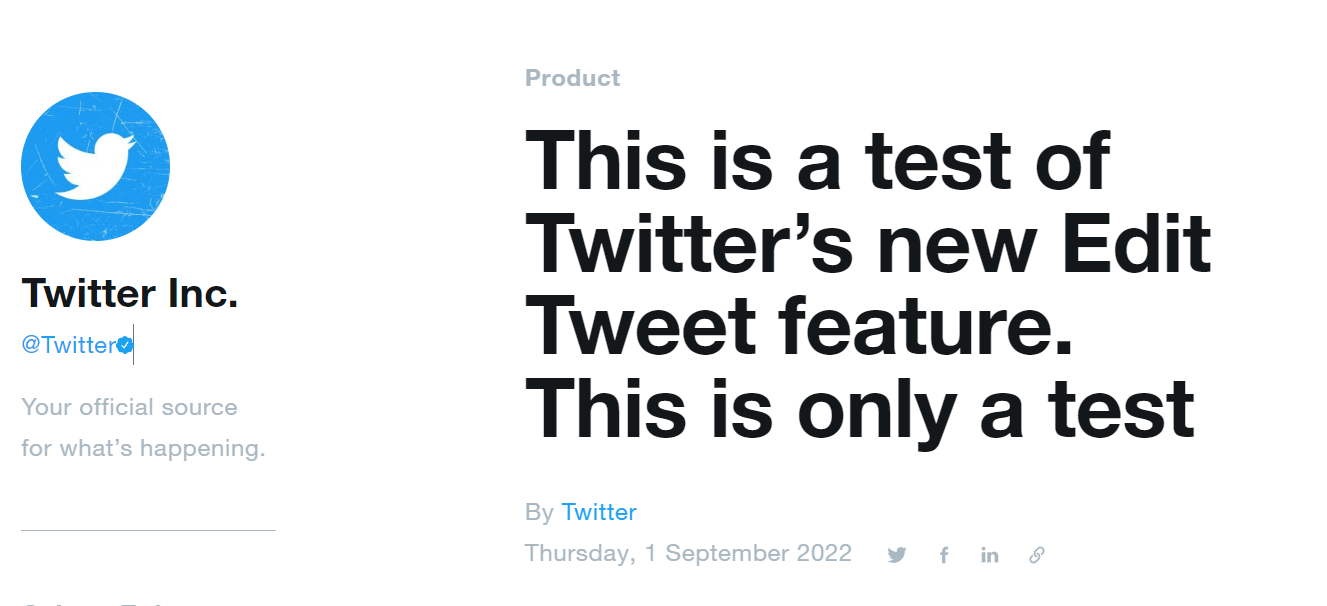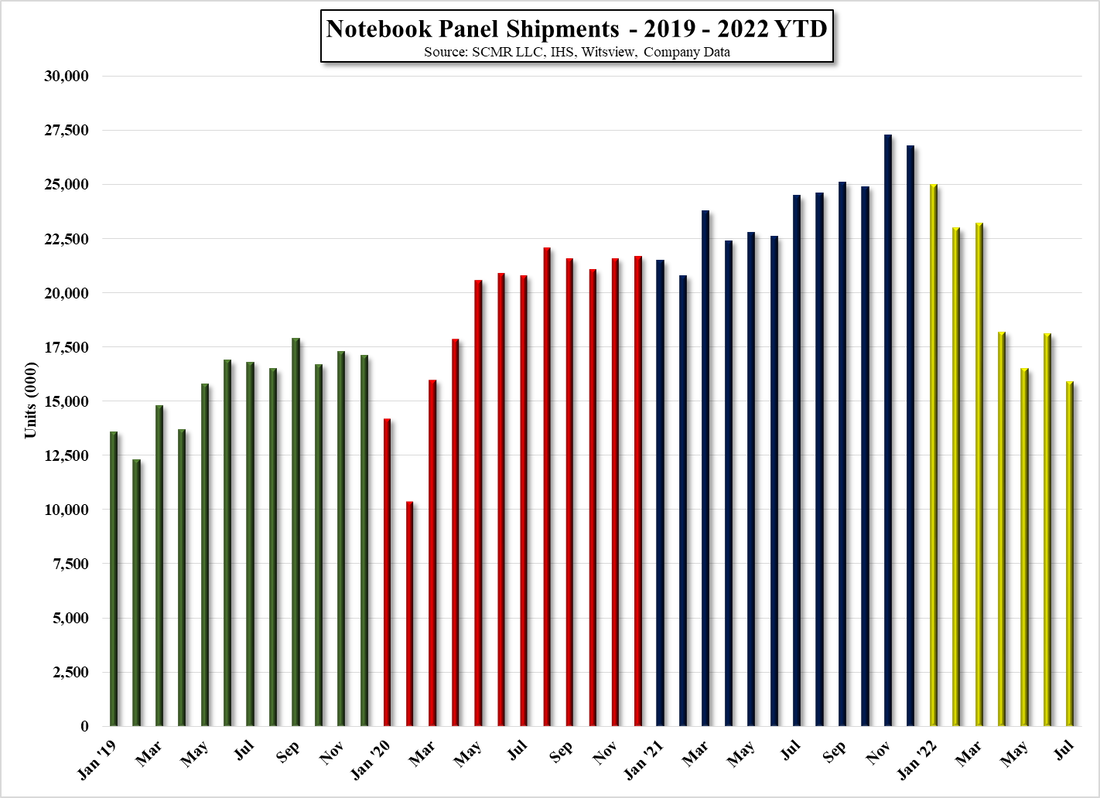Royole Frozen
The company continued its development plans with the release of a 2nd generation foldable later in 2020 and announced plans to build another flexible OLED fab ($2.4b) in Qingdao in cooperation with a number of local state-run organizations and file papers for listing on the Chinese STAR board where requirements were a bit less onerous. Unfortunately the company did not meet those requirements and the STAR IPO was rejected as rumors of missed payments to employees and suppliers began to surface. There was considerable talk of potential bailout partners for a few months late last year and early this year but by May Royole management issued a notice to many employees requesting that they take long (3 month) vacations, which did little but to stimulate workers to protest to the local government. Some workers were paid missing wages by the local government but it seems the handwriting was already on the wall and no bailout appeared, leaving creditors hanging as to when or if they were to get paid as the company continued to flounder.
Recently a number of those creditors filed redress documents against the company and further investigation led to the discovery that there were a number of pending disputes between the company and construction companies, service providers, public relations firms, and advertising companies, which forced a review of the company’s standing by the courts. As of the end of last month the courts ruled in favor of the plaintiffs and froze what came to $5.3m in assets held by a company holding entity, essentially preventing the company from access to any capital, potentially signaling the end to the company’s operations, at least until the courts can sort out the complete asset and creditor lists.
As we had noted a number of times, we have doubted Royole’s abilities from the start, as we could find few who had any customer relationships with the company, and once we were able to see paperwork from the IPO filings, it became obvious that there had been considerable speculation as to the company’s prospects when early funding was made, especially around the time of the aborted STAR listing, which placed a $2+b valuation on the company. It was not that we doubted the ability of a small company to find a shorter path to building a better mousetrap than its infinitely larger brethren, but that the massive hype behind the company’s founder’s ability to create a process that cost a small percentage of the manufacturing cost of flexible OLED production, without any details ever being disclosed, seemed a bit of artifice, which it seems it was. While we don’t know what the courts will ultimately decide, we expect Royole will likely be shut down, a sad day for unicorns everywhere given the hopes originally placed on the company’s success, but sooner or later Royole had to pay the piper….








 RSS Feed
RSS Feed